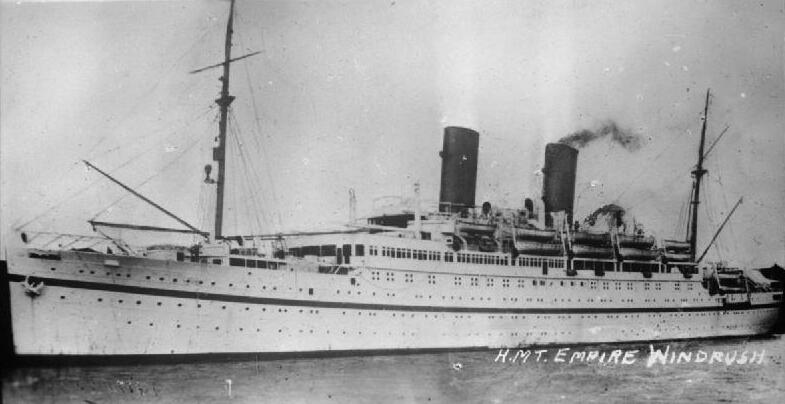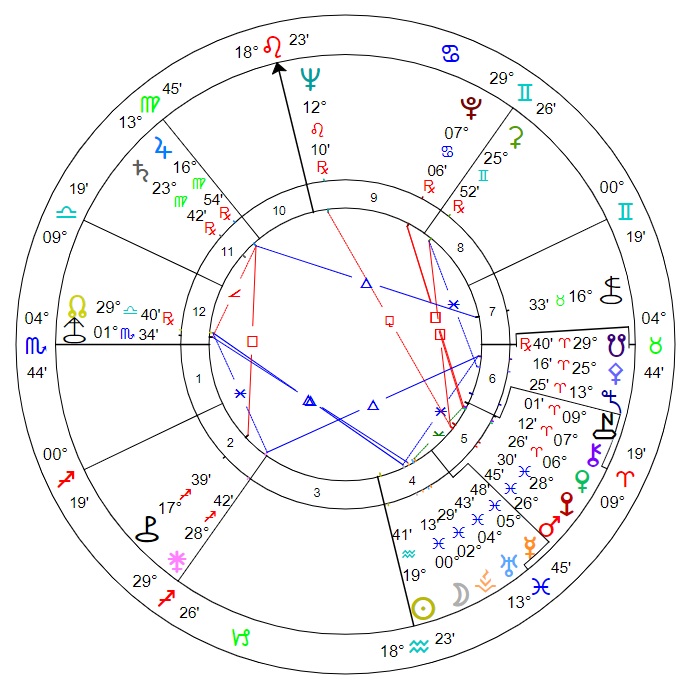Basics
Class: Asteroid
Location: Main belt
Orbit length (approx): 4.57 years
Discovered: 8th February 1921, 23:29 UTC, from Bergedorf Observatory, Hamburg, Germany, by Arnold Schwassmann
Events at time of discovery:
- February 8 – Germany’s Chancellor Constantin Fehrenbach accepted the invitation to attend the March 1 meeting of the Allied Premiers at the Reparations Conference in London.
- – Birth of Hans Albert, German philosopher
- – Birth of Lana Turner, American actress
Naming information
Name origin: Probably named for the Monterosa, a ship used by the University of Hamburg on their outings on the North Sea. WikiDe notes the naming occurred in February 1934.
 |
| HMT Empire Windrush, formerly the MV Monte Rosa, photographed likely just after World War II by the British Royal Navy. This is the same Windrush that helped transport a generation of Caribbean people who arrived in 1948, became U.K. citizens, and 70 years later became victims of the scandal bearing its name. I hope and pray we will soon foster a world in which all humans are treated as full citizens of this entire beautiful planet. |
Astrological data
Discovery degree: 0+ Virgo
Discovery Sabian: In a Portrait, the Significant Features of a Man’s Head are Artistically Emphasized
Discovery nodal signature: Aries–Sagittarius
Estimated orbital resonances: Mercury 1:19, Venus 2:15, Mars 7:15, Ceres 1:1, Jupiter 13:5, Saturn 13:2, Chiron 11:1
Discovery chart details: New phase chart with Asbolus rising. Monterosa opposite Moon. Stellium in Pisces. Moon trine and Juno sextile North Node. Mercury semi-sextile Venus; Venus-Chiron square Pluto; Mars sesquiquadrate Neptune and square Ceres. Jupiter square Pholus, trine Chariklo and semi-square Asbolus. Vesta trine Asbolus; Juno square Eris. Few one-degree aspects.
Summary and references
Interpretations given include new worlds, new horizons, naivete and helpfulness[1]. Associations further point to the errors to which the human condition is liable, and their rectification; courage, heroism, determination, spiritual inspiration and insight.
References:
1) Mark Andrew Holmes: Monterosa
 |
| Discovery chart for (947) Monterosa: 8th February 1921, 23:29 UTC, Hamburg, Germany. The asteroid is not depicted. |
